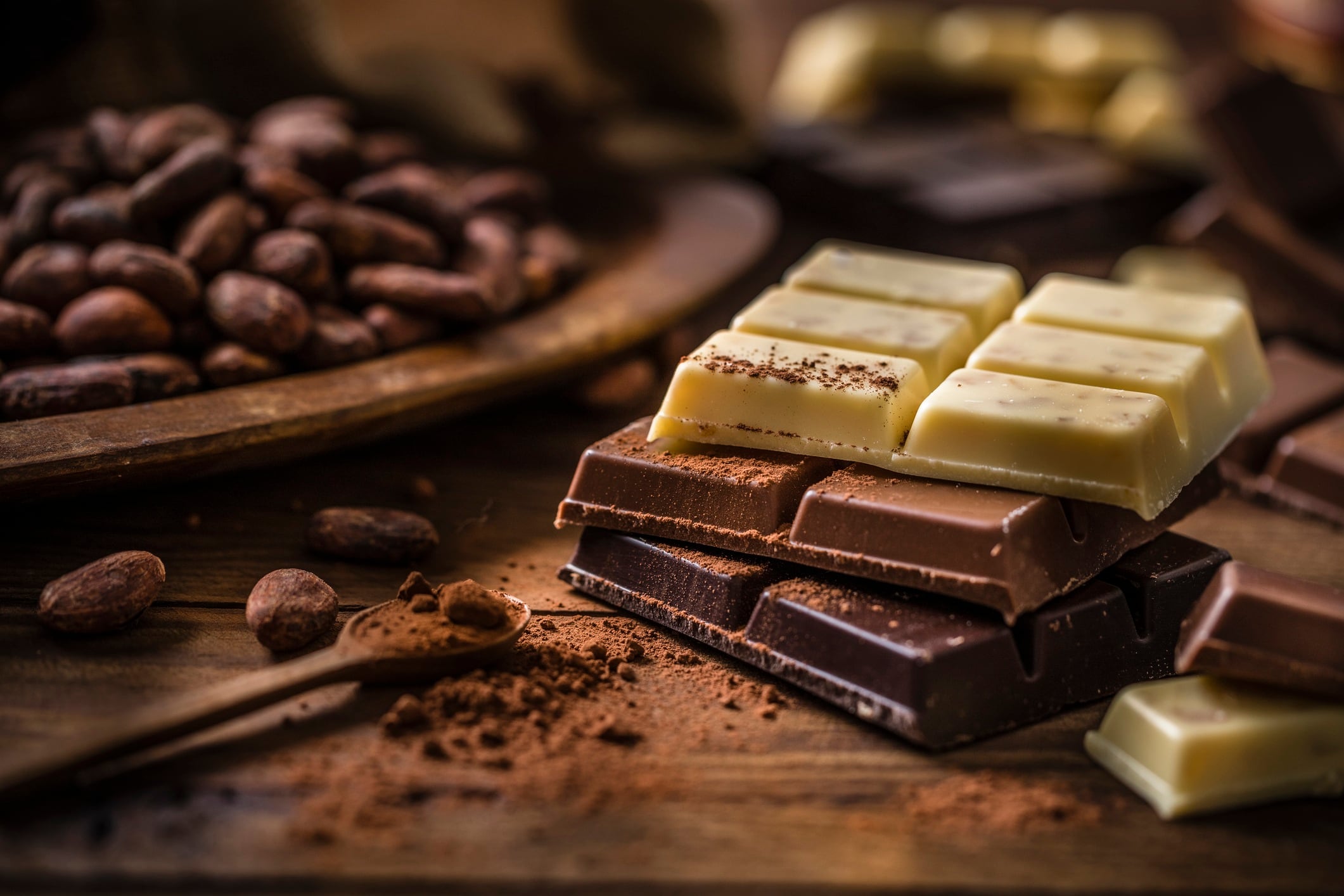Key sustainable ingredient trends shaping food and beverage: summary
- Scope 3 emissions dominate food industry challenges and drive ingredient innovation
- Regenerative agriculture adoption accelerates as brands seek resilient supply chains
- Commodity volatility sparks investment in crop alternatives and agroforestry solutions
- Upcycled ingredients gain traction despite efficiency challenges in waste reduction
- Plant-based sector pivots toward hybrid products and functional food applications
Of all the emissions burdening food and drink manufacturers on their journey to net-zero, Scope 3 emissions weigh heaviest.
It makes sense that the emissions most easily reduced are those they can directly influence, like switching from diesel to electric vehicles.
But the stickier emissions, those much harder to address, fall into the furthest scope. Those pesky Scope 3 emissions land almost beyond a food brand’s reach. That includes farming inputs like fertilisers and pesticides, as well as everything else downstream, from distribution to packaging, retail and even consumer use.
Of all those inputs out of an operator’s direct control, some are more within their reach than others: the ingredients they use in their products.
Climate smart ingredients are subject to trends, like any other. And we’ve been covering them closely. Here are our picks for the top five shaping the sustainable food and beverage landscape.
1. Regenerative agriculture - a trend that’s here to stay
Regenerative agriculture, often shortened to regen ag, emerged as an extremely promising way of cutting Scope 3 emissions and building resilience into supply chains.
Although regen ag appears to suddenly be all the rage, only some of its principles are informed by modern science. Others come from older, pre-industrial farming methods.
What is certainly new, is the speed with which the biggest names in food and beverage are leveraging regen ag principles to futureproof supply chains. We’d struggle to think of a big-name CPG that’s not investing in regen ag.
And some are going even further, like Unilever and PepsiCo, who have taken the initiative to launch a new regenerative agriculture programme: STEP up for Agriculture.
One of the sticking points for those implementing regen ag principles is in proving it works. But Unilever’s sustainability chief Dorothy Shaver tells us they’ve got that covered, tracking not just environmental outcomes, but return on investment.
2. Commodity chaos fuels ingredient innovation
This period of time will be remembered for the relentless commodity chaos, with harvests impacted by extreme weather patterns and climate change.
The main raw materials under threat are staple crops like wheat, corn, rice and potatoes, which prompted a good look into which crops are the most – and least – resilient to climate change.
But harvests of higher end commodities like coffee, sugar and cocoa have also been hit by unfavourable growing conditions.
In cocoa, the commodity that’s made the biggest headlines the last couple of years, chocolate makers are taking a varied approach. KitKat maker Nestlé is leaning into agroforestry and long-term farmer partnerships to ride the storm. It’s also rethinking how it uses the cocoa fruit, to get more yield from the same harvest.
Others are investing in regenerative agriculture for cocoa. So if you thought regen ag was applied only to arable farming, think again.
3. Alternative ingredients landscape grows and grows
When a commodity crisis hits, food tech innovation soars.
That’s exactly what’s happened in cocoa, and we’ve also seen it in palm oil. Both crops are among those most closely tied to deforestation.

Alternatives to palm oil and cocoa are attracting significant investment, not just from venture capitalists but from food manufacturers themselves. Even the world’s biggest chocolate maker, Barry Callebaut, has made a recent bet on cocoa-free chocolate. Others are exploring cultivated cocoa instead.
Whatever the method, demand for cocoa alternatives is soaring.
Upcycled ingredients aren’t new - but they’re still popular
Finding value in would-be-waste is a megatrend in sustainable ingredient innovation.
But just because it’s a major influence, doesn’t mean it’s new. Food manufacturers have been repurposing disused side streams for an extremely long time.
One of the best-known examples comes in the form of “love it or hate it” Unilever-owned spread Marmite. For those unfamiliar with the British breakfast staple, picture a jet-black, thick, sticky, savoury spread (yep, you get the “love it or hate it” bit now). And importantly, it’s made from brewer’s spent yeast – a by-product of the brewing industry.
These days, upcycling has transcended conventional food and drink development, and into the lab via food tech.
French cheese major Bel Group, maker of Babybel, Boursin, Laughing Cow Cheese and others, is working with precision fermentation start-up Standing Ovation on an upcycled ingredient project. In this instance, they’re upcycling whey protein to make precision fermentation-derived casein protein. Turning one protein into another? Yes!
There is one major challenge facing the upcycled ingredients industry, however. And that’s efficiency. The less waste is produced, the fewer side streams ingredients companies have to work with. Some might say a good problem to have.
Plant-based is still sustainable and it’s finding new purpose
And then finally, our attention must turn to meat and dairy alternatives, which have fuelled an influx of sustainable ingredient innovation in recent years.
These days, the sector is facing a downturn, with consumer demand for ‘alt this’ and ‘alt that’ dropping. But demand hasn’t entirely gone away, and a newfound interest in hybrid products that blend dairy or meat with other ingredients will likely see more ingredient innovation enter the market.

Another trend we’ve observed amid the plant-based downturn is a repositioning of those same ingredients to fuel the functional food craze. A flash-in-the-pan obsession for food that does more than sustain? We think not. Functional food is here to stay.





